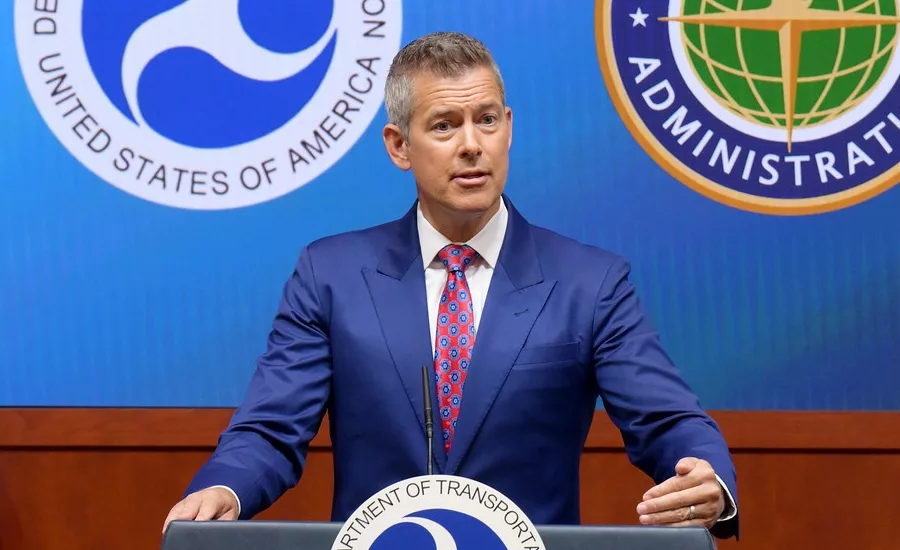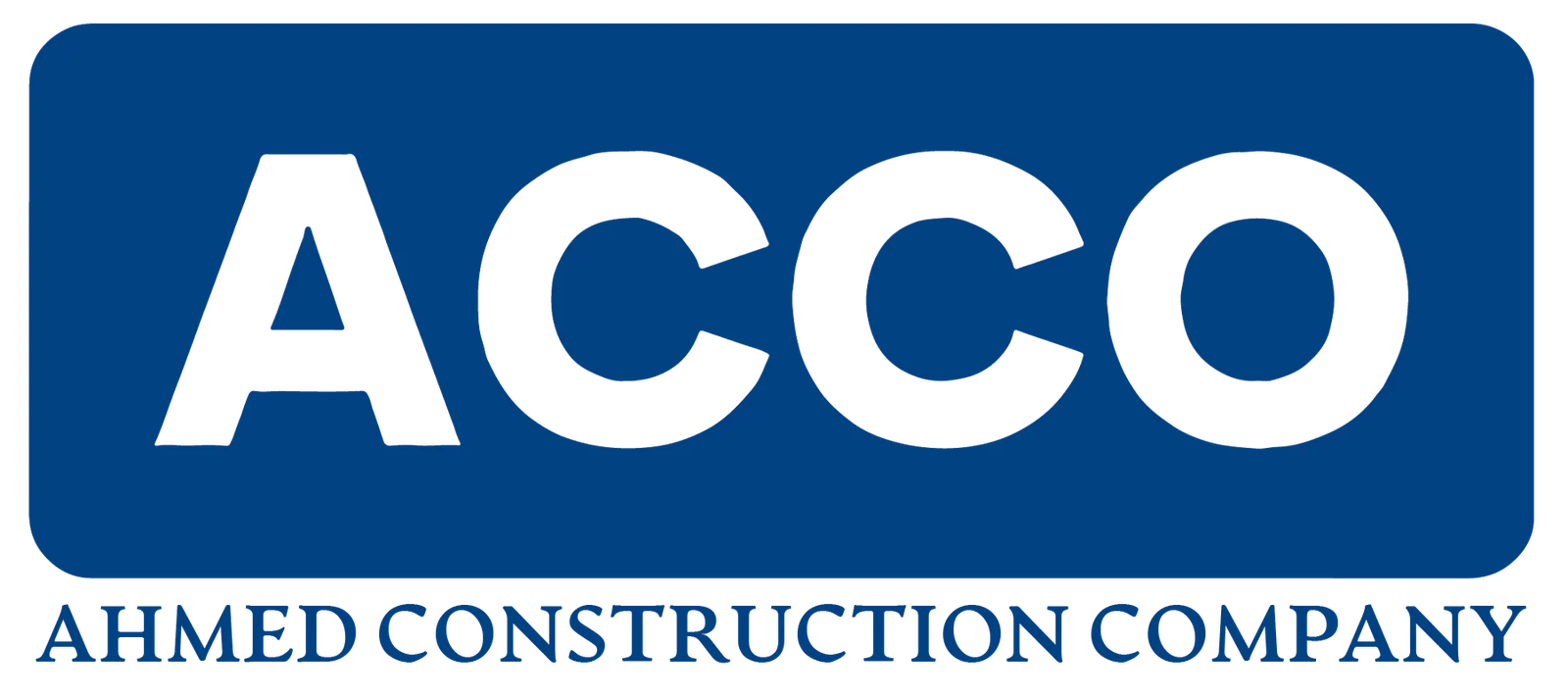
DOT Expands TIFIA Financial Assistance for Transportation Infrastructure

The U.S. Dept. of Transportation recently updated its Transportation Infrastructure Finance and Innovation Act program policy to finance as much as 49% of project costs, up from 33% in most cases. It’s a change that has been sought by construction and transportation groups who say the update will boost more projects, and DOT officials say they want to eliminate a “roadblock” for those building important infrastructure.
The TIFIA program provides financial assistance for transportation projects of regional or national significance in the form of low-interest loans, loan guarantees and credit lines.
“It’s common sense to allow all eligible projects the same access to our low-interest financing opportunities,” Transportation Secretary Sean Duffy said in a statement. “We are building infrastructure easier, quicker and cheaper.”
Congress originally created the TIFIA program in 1998, and in 2012 amended it to allow DOT to support up to 49% of eligible project costs. Still, DOT officials maintained the 33% cap in most cases as a matter of policy, only going up to 49% for projects that met certain goals around rural or transit development, or in cases with “compelling justification,” since 2018.
But with the lower cap, the program has sometimes had trouble being able to use all the dollars it’s provided from the Highway Trust Fund, says Joung Lee, deputy director and chief policy officer at the American Association of State Highway and Transportation Officials (AASHTO). The 2024 Water Resources Development Act, which then-President Joe Biden signed into law in January, redistributed $1.8 billion in unobligated funds from TIFIA to the Surface Transportation Block Program.
“The tool has been there,” Lee says. “Congress has given that authority, so artificially constraining the usability of TIFIA to just one-third did not make sense to us.”
The pool of highway projects that can generate revenue or make availability payments—a financial arrangement used in some public-private partnerships—is limited, but Lee says the higher threshold could make TIFIA financing an attractive option for more projects than in the past. Morteza Farajian, executive director of DOT’s Build America Bureau, said in a statement that the “policy update will ensure the program remains available at full capacity to support our private and local partners.”
Since its inception, the TIFIA program has supported infrastructure investment valued at more than $150 billion with $52 billion in loans, according to Farajian.
Duffy cited “feedback from our partners” as one of the factors that led DOT to update the policy.
Lee is hopeful the changes to the TIFIA program are just the first of a number of changes desired by transportation-sector groups. With a new surface transportation reauthorization bill expected before the current one expires at the end of September 2026, groups such as AASHTO and the American Road & Transportation Builders Association have begun advocating for provisions they hope lawmakers will include.
“Hopefully this is a momentum setter in terms of what we’d like to see in the next surface transportation bill,” Lee says.
Post a Comment
You must be logged in to post a comment.





